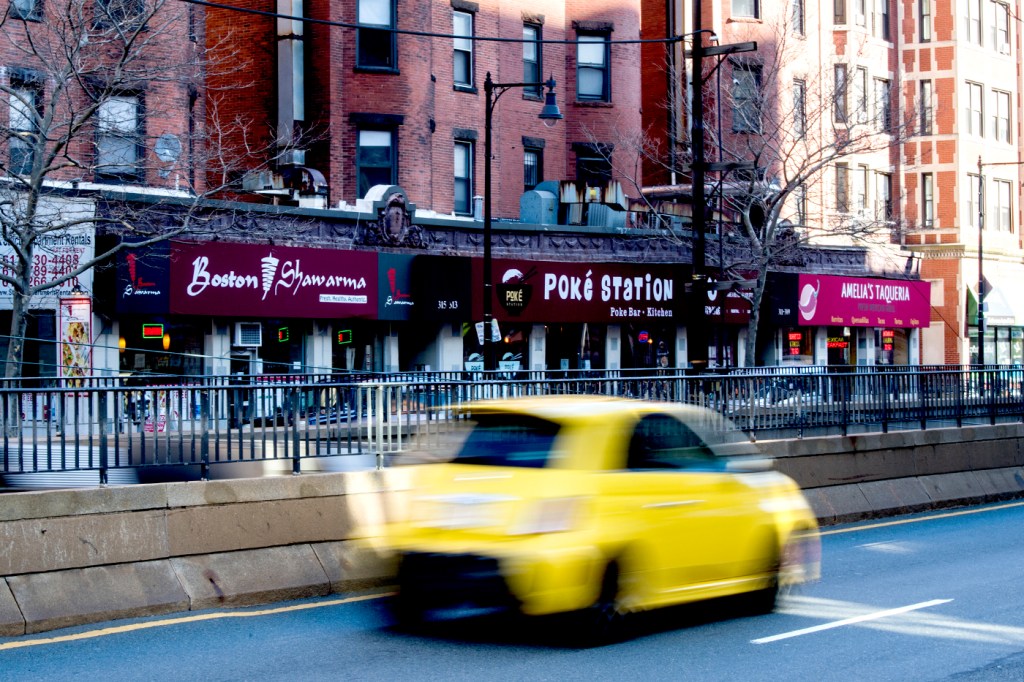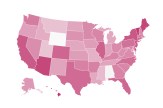Around the world, people stopped going to restaurants—before governments told them to stay home

As the Northeastern community has been engaging in social distancing, so have restaurants been mirroring those behaviors by limiting sales to delivery or take-out—especially in places where executive orders have forced the closure of sit-down services.
But reservation data from OpenTable, the popular restaurant reservation app, shows that the public was practicing self-isolation in advance of the changes in law. In the days leading up to the executive orders, people in the seven countries served by OpenTable were already beginning to self-isolate. (Even though it took a while to catch on.)
Here’s a global and state-by-state look at how restaurants have been affected by the COVID-19 pandemic over the past month.
Dine-in customer changes from 2019
Global
U.S. states
In mid-February, the chart shows, few seemed to notice or care that the public health crisis in China bore the potential to spread quickly around the world. People were continuing to reserve tables at restaurants even though the Chinese doctor who had first raised alarms around the new coronavirus had died of it, the death toll in China had surpassed the global casualties suffered from the SARS epidemic of 2002-03, and France had announced its first death from COVID-19.
Just one month ago, as shown by this international chart based on OpenTable data, people were continuing their normal social behaviors.
Then things began to change. Fast.
By March 5, when Northeastern was announcing its first move to close classrooms at its Seattle campus and move to online learning, the OpenTable numbers clearly show that people were seeking fewer reservations. They were staying home more often.
On Sunday, governors in many states—including Massachusetts, California, New York, and Florida—called for restrictions or closures for restaurants, bars, and nightclubs. Many of their constituents were ahead of them. In large numbers, people had begun self-isolating.
The pattern of this chart, transforming from light to dark, reveals a radical change across a short span of time. People were connecting their own dots. They were deciding for themselves to do what they could to limit the spread of a deadly new virus.
For media inquiries, please contact media@northeastern.edu.






